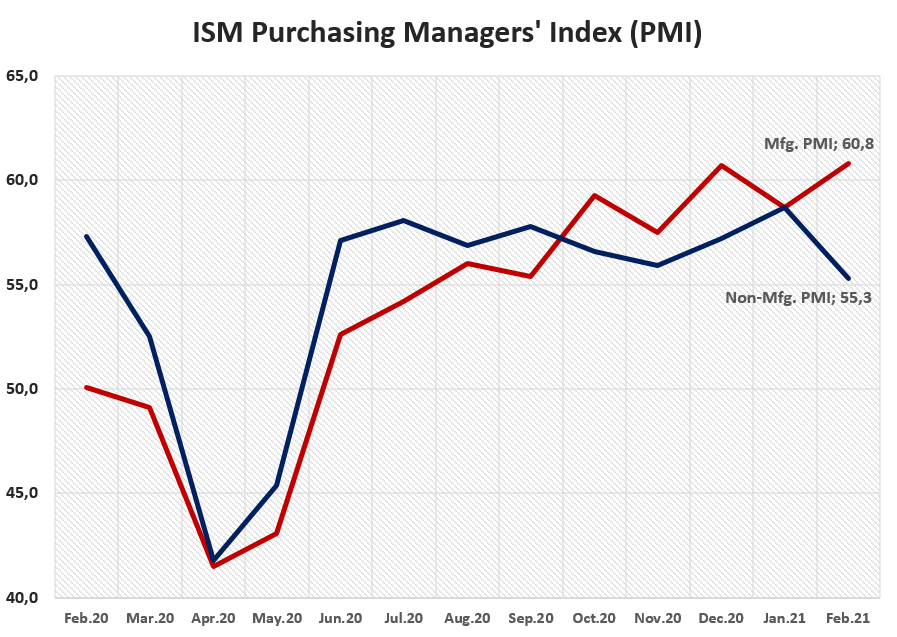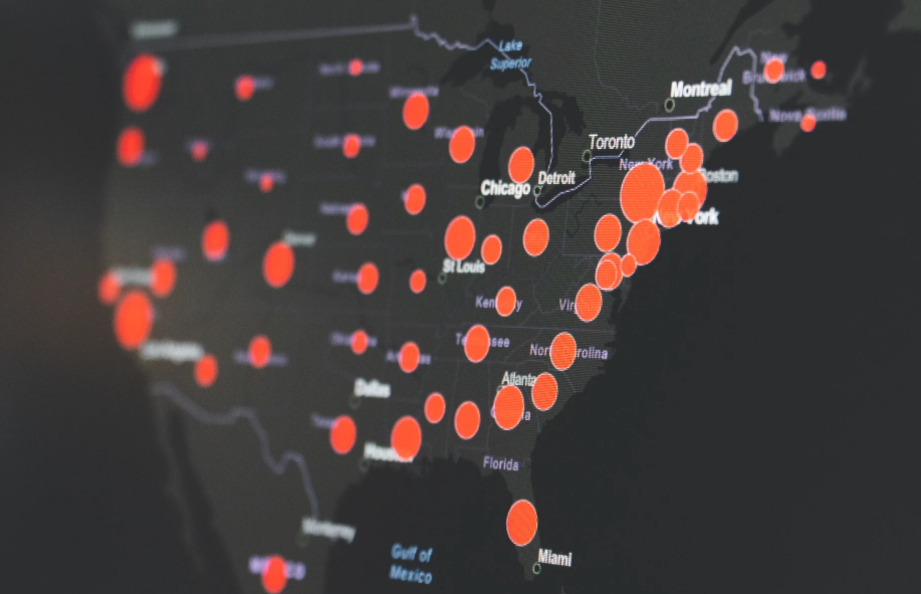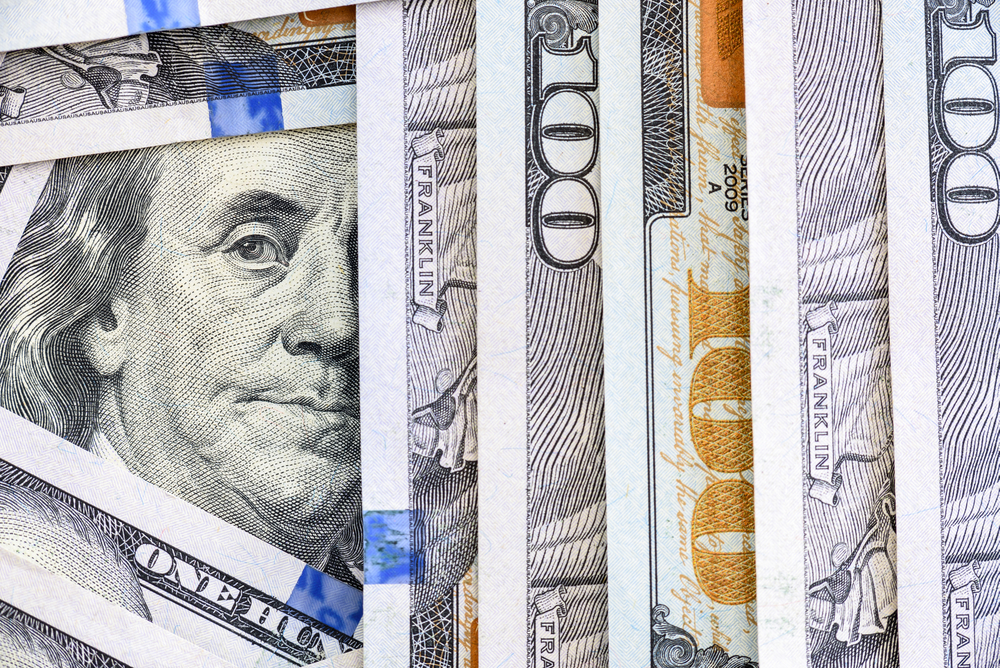Growth continues in the locomotive sectors of the US economy
In the United States, the world's largest economy, expectations for recovery are strengthening, along with the vaccination campaign against coronavirus. However, the second wave of the pandemic continues in developed and developing countries and the vaccination schedule varies among them. Thus, foreign trade activities of the US economy are being affected as it is the largest importer and the second largest exporter of the world. The importance of data for the locomotive sectors of the USA in the markets is increasing due to the K-shaped growth observed in line with the measures related to the second wave of the pandemic and the weak foreign demand compared to the pre-pandemic levels, especially in many Eurozone countries.
According to the data released by the Institute for Supply Management for February, Manufacturing PMI increased by 2.1 and hit the highest level since September 2018, which is 60.8. Non-manufacturing PMI, on the other side, declined by 3.4 and was registered as 55.3. Market expectations for the period in question were that the manufacturing PMI would be 58.8 points and the non-manufacturing PMI would be 58.7 points.
Non-manufacturing (services, construction) PMI was below market expectations, but Manufacturing PMI exceeded the expectations according to the data set. Despite these facts, both PMIs were above the threshold value of 50 and indicated that growth continues in the sectors, in which the employee number is the highest. But it is also worth noting that there has been a loss of momentum in Non-manufacturing PMI.
Looking at the details of the report published by ISM; despite the strong growth in manufacturing, new orders, employment and inventories in Non-manufacturing PMI, the moderate increase in new export orders and import activities, as well as the slowdown in supplier deliveries, are the main determinants of the data results. On Manufacturing PMI side, all components show strong expansion despite the slow growth in inventories.
While it is clear that the subcategories under Manufacturing PMI are gaining momentum, except the foreign trade activities, the public authorities in the USA does not implement restrictive measures compared to other developed countries, despite the second wave of the pandemic. In addition to the strong support of monetary and financial authority, the end of the presidential election uncertainty and the vaccination campaign are leading the optimism in the manufacturing and non-manufacturing expectations. However, ongoing coronavirus measures in countries with which the United States has the most important trade partnership has been creating a weak foreign demand. As a solution for this problem, possible normalization steps in March, especially in the Eurozone, could mitigate downside risks in US foreign trade activity.





